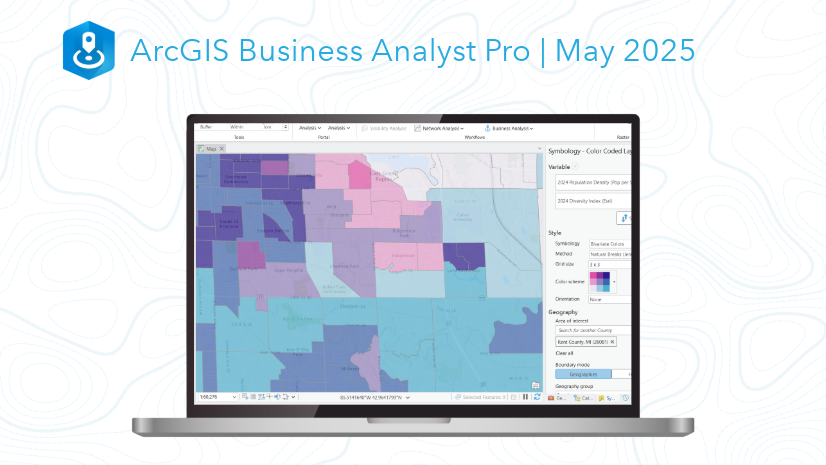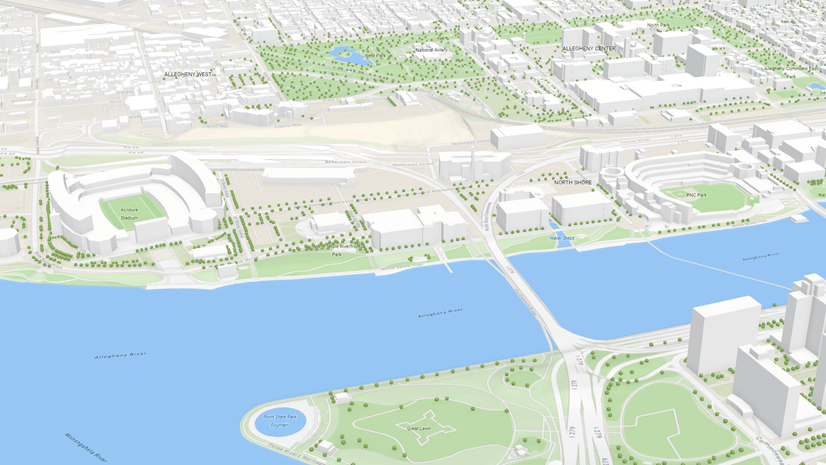Digitally Transforming the Future Natural Resources
August 29, 2022 2022-08-29 14:10Digitally Transforming the Future Natural Resources
Digitally Transforming the Future Natural Resources
Just as the rest of the world is now beginning to understand the importance of paying more attention to the effects of development, dependence on natural resources, climate change, and how even the tiniest species may alter an entire ecosystem. Professionals in the fields of the environment and natural resources are inherently passionate about creating a sustainable future.
Experts in the fields of environmental science and natural resources were among the early users of geographic information system (GIS) technology. They underwent their first digital transition while mapping resources, examining impacts, and presenting results as part of the conservation movement. Thanks to GIS, professionals in natural resources have made progress towards a more robust way of thinking. GIS has also made it easier for them to inform the public about how daily decisions influence the environment and natural resources.
So, the question remains, “how is GIS digitally transforming the future of natural resources, and to what extend is the utilization of upcoming GIS trends beneficial?” This article provides you with answers to this question, keep reading!
Bringing the office and field crews together to work as one
Most GIS work has been done in the office, instead of being done in the field. With the current GIS developments, there is more potential for integrating and automating field and back-office activities. This is a significant departure from the manual processes of a clipboard and a pen.
GIS offers the resources you require to boost operational effectiveness and coordination while saving you time and money. Using mobile devices, you may now carry out your work in the field, including asset inventories, inspections, field notes, and work orders. To complement your analysis, crews can automatically gather reliable information from the field and feed it right into your back-office systems. By doing this, you can make sure that everyone in your company is using the same reliable information, which reduces the possibility of mistakes.
Real-Time management of natural resources
With the help of technological advancements, we now have access to a wider variety of information with real-world context, such as imagery, data from air quality and stream gauge sensors, field notes gathered on the scene, and crowdsourced information from citizens, providing stakeholders with plenty of opportunities to make better-informed decisions. The foundation provided by modern GIS enables enterprises to fully utilize real-time data as it is gathered. Dashboards offer thorough perspectives for actively managing and monitoring present situations, as well as course correction as necessary. For instance, foresters can monitor the condition of the vegetation and investigate invasive species, experts in water quality can measure stream levels, and ecologists can monitor endangered species.
Empower citizen scientists and educate the community through public-Facing Apps
It has always been difficult to enlighten the public and engage them in meaningful ways. In the past, residents have not had easy access to information on the possible effects of infrastructure changes and other development-related changes on the environment. In todays always-connected environment, people expect the same level of open communication with their government agencies as they do with their personal networks. With the expansion of citizen participation, corporations must become more transparent as it replaces outdated communication strategies.
With GIS, you may release applications and dashboards that educate the public and offer a two-way data exchange between you, (natural resource professional) and the public. Agency executives and decision-makers can be informed about the potential effects of initiatives taking place in the area via mobile maps and apps, and stakeholders and constituents can provide feedback.
Powerful analysis made simple, you can now find the answers in your data
To analyze and forecast the effects of both naturally occurring and man-made activities on our natural resources, such as human encroachment on species and vegetation, hurricanes and other harmful weather phenomena, and real estate development, analysts and scientists working on environmental analysis, fish, wildlife, and forestry management have long used computer modeling. GIS has played a significant part in modeling our world, providing us with opportunity to act, create new legislation, change how we approach conservation, or stop problems in their tracks.
Making powerful analyses is undergoing a significant transition, much like so many other GIS-related domains. With the help of the new framework, you may access a variety of data sources that advance modeling by enabling you to undertake sophisticated spatial analysis and obtain insights into these disruptive actions and their impacts on ecosystems. With the help of these tools, you may explore both geographic and non-spatial data simultaneously using a straightforward drag-and-drop approach. You can find patterns, trends, correlations, and linkages by working in a setting where visualization and analysis take place simultaneously, which enables you to find answers to questions you didn’t even know to ask. Advanced analysis techniques including regression, variable prediction, density, and aggregate calculation can now be approached simply.
Are you looking for ArcGIS products for your natural resources project? At Esri EA we enable customers with working GIS solutions. Click here to purchase ArcGIS products online.








Comment (1)
Climate change is a spatial issue – EsriEA | Blog
[…] Discover how GIS is digitally transforming the future of natural resources […]